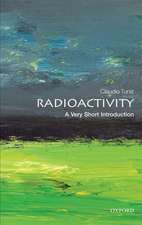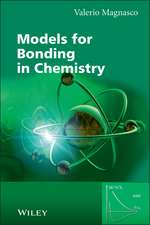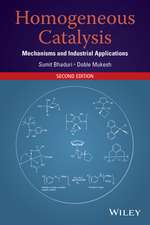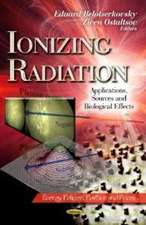Surface and Colloid Science: Volume 11: Experimental Methods
Editat de R. Gooden Limba Engleză Paperback – 26 apr 2012
Preț: 391.02 lei
Nou
Puncte Express: 587
Preț estimativ în valută:
74.82€ • 80.01$ • 62.38£
74.82€ • 80.01$ • 62.38£
Carte tipărită la comandă
Livrare economică 18 aprilie-02 mai
Preluare comenzi: 021 569.72.76
Specificații
ISBN-13: 9781461579717
ISBN-10: 1461579716
Pagini: 364
Ilustrații: XII, 348 p.
Dimensiuni: 152 x 229 x 19 mm
Greutate: 0.49 kg
Ediția:Softcover reprint of the original 1st ed. 1979
Editura: Springer Us
Colecția Springer
Locul publicării:New York, NY, United States
ISBN-10: 1461579716
Pagini: 364
Ilustrații: XII, 348 p.
Dimensiuni: 152 x 229 x 19 mm
Greutate: 0.49 kg
Ediția:Softcover reprint of the original 1st ed. 1979
Editura: Springer Us
Colecția Springer
Locul publicării:New York, NY, United States
Public țintă
ResearchCuprins
1. Contact Angles and the Surface Free Energy of Solids.- 1. Introduction.- 2. Solid Surfaces.- 3. Thermodynamic Theory of Equilibrium Contact Angles on Ideal Solids.- 4. Contact Angles on Nonideal Surfaces, Dynamic Effects, and Hysteresis.- 5. Treatment of Contact Angle Data Obtained with a Series of Liquids on a Solid.- Appendix. Note on Recent Developments.- References.- 2. Techniques of Measuring Contact Angles.- 1. Introduction.- 2. Experimental Methods.- 3. Preparation of Liquids.- 4. Preparation of Solid Surfaces.- 5. Standards.- 6. Note on Liquid-Liquid-Solid Systems.- References.- 3. Pendant Drop Technique for Measuring Liquid Boundary Tensions.- 1. Introduction.- 2. Previous Experimental Studies.- 3. Theory.- 4. Experimental Apparatus.- 5. Calculation of Boundary Tension.- 6. Error Analysis.- References.- 4. Electrophoresis of Particles in Suspension.- 1. Introduction.- 2. Concept of the Electrical Double Layer.- 3. Mathematical Treatment of Migration in an Electric Field.- 4. Calculation of ?-Potentials and Surface Charge Densities.- 5. Principles of Experimental Methods.- 6. Experimental Assembly of the Rectangular Cell.- 7. Experimental Assembly of the Cylindrical Cell.- 8. Additional Precautions Necessary in Determination of Electrophoretic Mobility.- 9. Other Designs of Apparatus.- 10. Applications of the Particulate Electrophoresis Technique.- 11. Nomenclature and Units.- References.- 5. Methods of Producing Ultrahigh Vacuums and Measuring Ultralow Pressures.- 1. Introduction.- 2. General Problem of UHV.- 3. Pumps for UHV.- 4. Gauges for UHV.- 5. UHV Hardware.- 6. Surface Cleaning.- 7. Conclusion.- References.- 6. Electron Probe Microanalysis.- 1. Introduction.- 2. Fundamentals.- 3. Applications.- References.- 7. Research Techniques in Detergency.- 1.Introduction.- 2. Study of Practical Detergency.- 3. Study of Detergency as a Physicochemical Phenomenon.- References.- Author Index.












